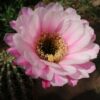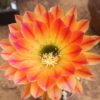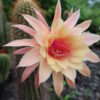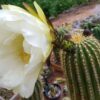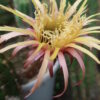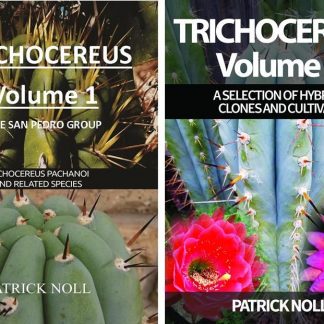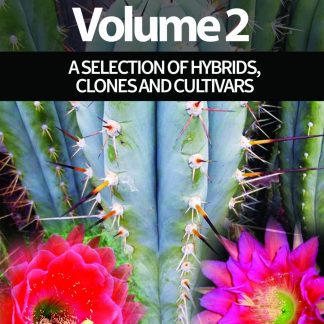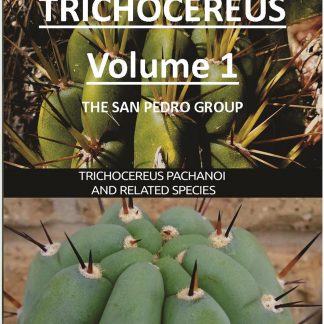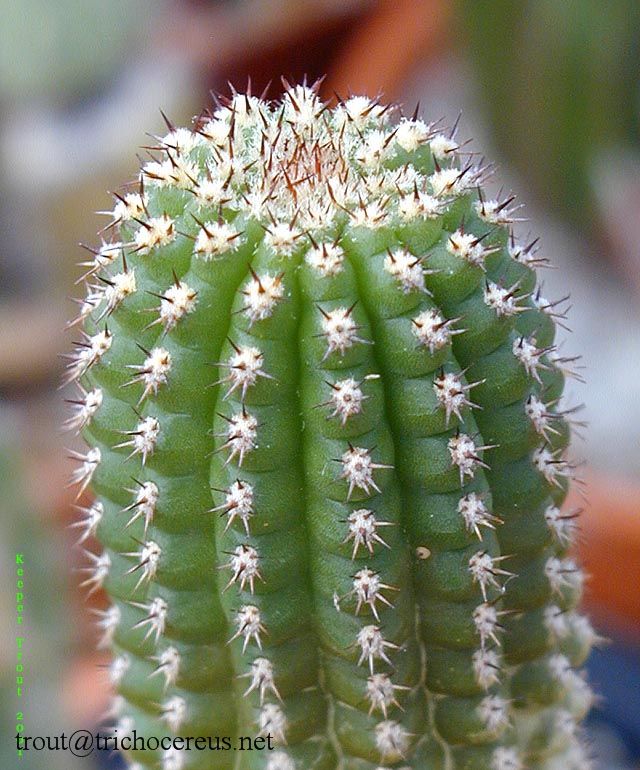
Alright, it´s obvious that Trichocereus harrissima is not an accepted species. The name probably came from a seed or plant seller who sold this plant at some point in the past. I list it as a nomen nudum here, which means that it is a bad name that it is a “nude name” that lacks…


